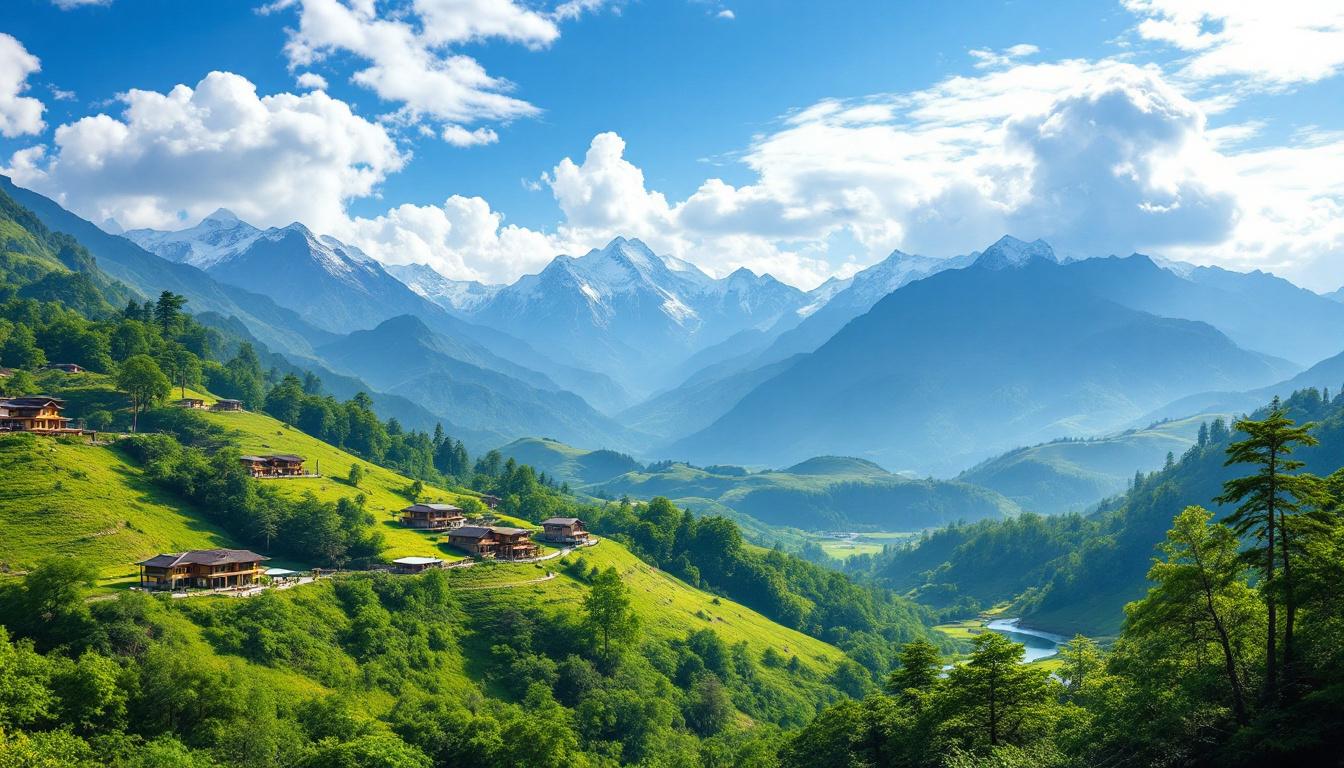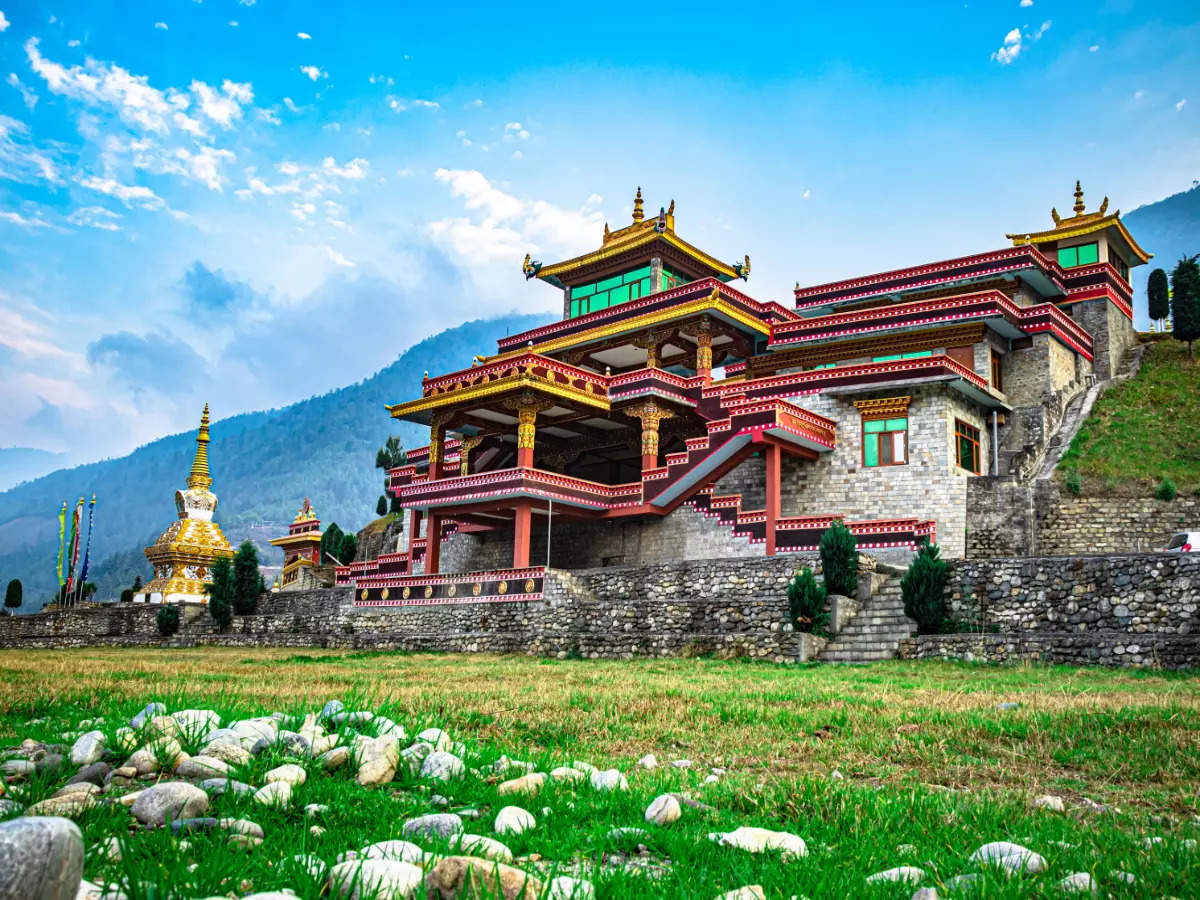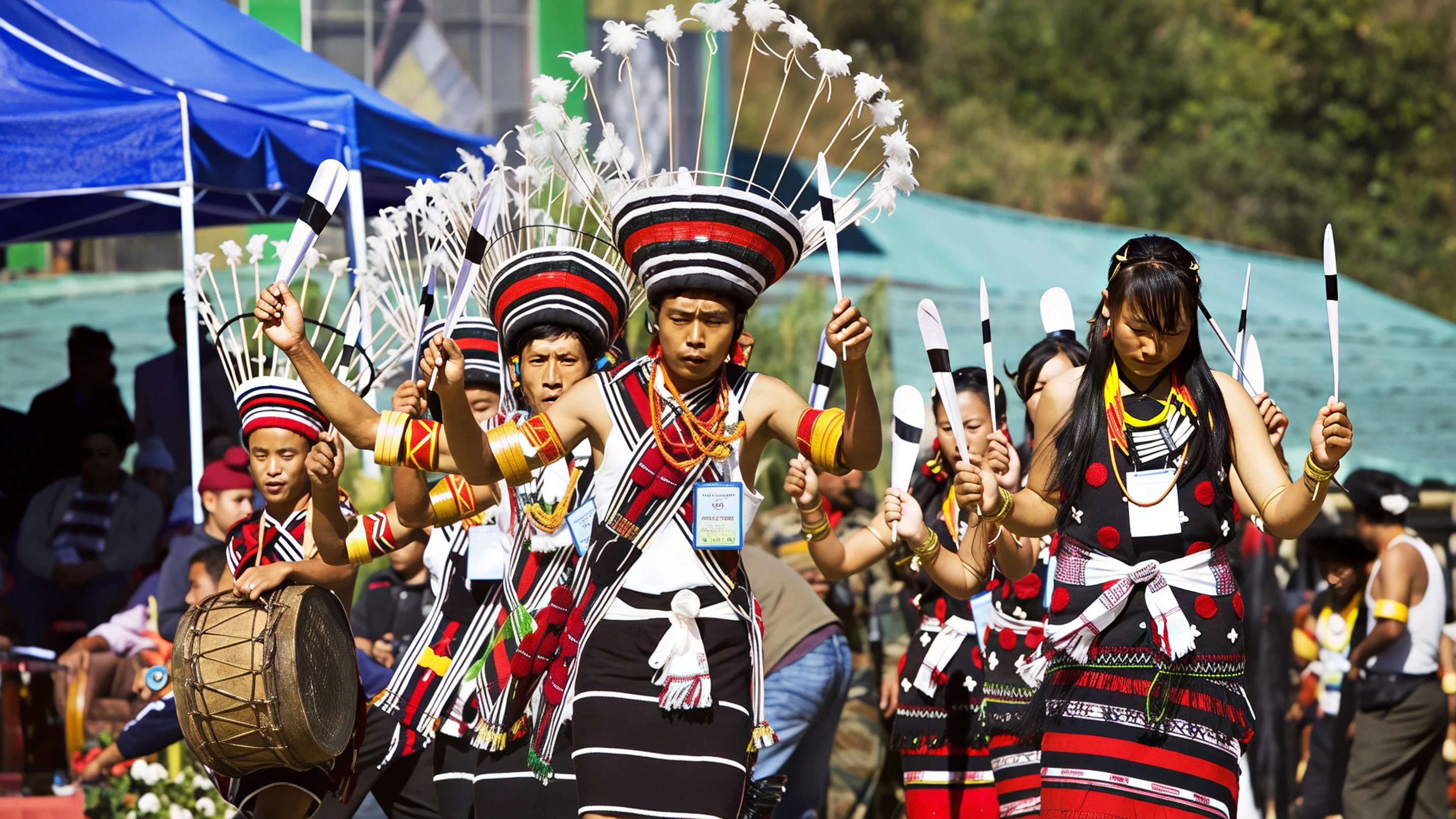Arunachal Pradesh is stepping into the spotlight with a bold vision to reintroduce itself to the world. Known for its untouched forests, indigenous communities, and Himalayan charm, the state is now gearing up to become the Orchid Capital of India. With over 600 documented orchid species, it holds the richest orchid biodiversity in the country. Now, the government is planning to use this botanical treasure as a launchpad for eco-tourism and cultural experiences that are rooted in both preservation and progress.

Chief Minister Pema Khandu recently announced a series of initiatives aimed at transforming Arunachal Pradesh into a destination that celebrates nature, tradition, and responsible tourism. At the center of this campaign is the orchid identity. Already a magnet for botanists and researchers, orchids in Arunachal are now being positioned as a symbol of ecological pride. From delicate slipper orchids found in alpine heights to vibrant blooms nestled in rainforests, these species represent not only beauty but also the ecological wealth of the region.
Beyond orchids, the plan taps into another natural strength. The cool hilly terrains of Arunachal are ideal for kiwi cultivation, and the state has quietly emerged as one of India’s key growers. Now, the government is focusing on kiwi as a signature agricultural product, promoting it not just for domestic consumption but also as an agri-tourism experience. Visitors will be able to explore kiwi farms, understand local farming practices, and engage with rural communities that depend on this fruit for their livelihood.

One of the most ambitious parts of the new drive is the development of integrated tourism circuits. These routes will link diverse experiences across Arunachalfrom snow-covered passes to lush green valleys, from centuries-old monasteries to tribal festivals. The circuits are being designed to give visitors a blend of adventure, culture, and spirituality. Whether it is trekking through the Himalayas or attending a traditional harvest festival, the aim is to create journeys that go beyond sightseeing.
Cultural heritage is also receiving new attention. The state is working to revive Mon Shugu, an ancient handmade paper craft of the Monpa tribe. Once used for printing religious scriptures and official documents, this craft was on the brink of extinction. With government support, artisan training programs and youth initiatives are now helping breathe life back into this sustainable art form. It is not just about preserving a tradition but also about creating new livelihood opportunities that respect local knowledge.
What sets this initiative apart is its integrated approach. Rather than focusing only on tourism or only on heritage, Arunachal is trying to build a model that includes ecological awareness, community participation, rural development, and climate-sensitive planning. The projects are being designed to bring long-term economic benefits without compromising the natural or cultural fabric of the region.
Officials believe this is the right time to act. With domestic tourism rising and global interest in offbeat destinations increasing, Arunachal Pradesh has a chance to lead by example. Its landscapes are raw and majestic, its culture is rich but underexplored, and its people are deeply connected to their environment. This branding of Arunachal as the Orchid Capital is more than a title. It is an invitation to the world to discover a region that blends biodiversity with tradition, and progress with purpose.
If successful, the model being built here could become a reference point for other Indian states looking to grow tourism in sustainable and culturally respectful ways. Arunachal’s future as a travel destination will not just be about scenic views but about deeper engagement with nature, identity, and heritage.
To explore more hidden destinations, eco-tourism updates, and cultural travel stories, follow Travel Moves on Instagram and Facebook.









